

Damion Smy
Boxy new KGM Musso unveiled to take on HiLux and Ranger ahead of Australian launch
6 Hours Ago

Contributor
Honda has revealed where it plans to take its Sensing suite of driver assists over the coming years.
The brand has detailed its Sensing 360 technology suite, which will start rolling out in China this year, before expanding across the globe in 2024.
The brand wants to halve the number of collisions in its cars by 2030. It will “strive” to equip all its new vehicles with some form of motorcycle detection, and to make sure all new models in “major markets” feature Sensing 360, by 2030.
Honda says the following features will be part of Sensing 360, atop the features it currently offers on vehicles like the Civic:
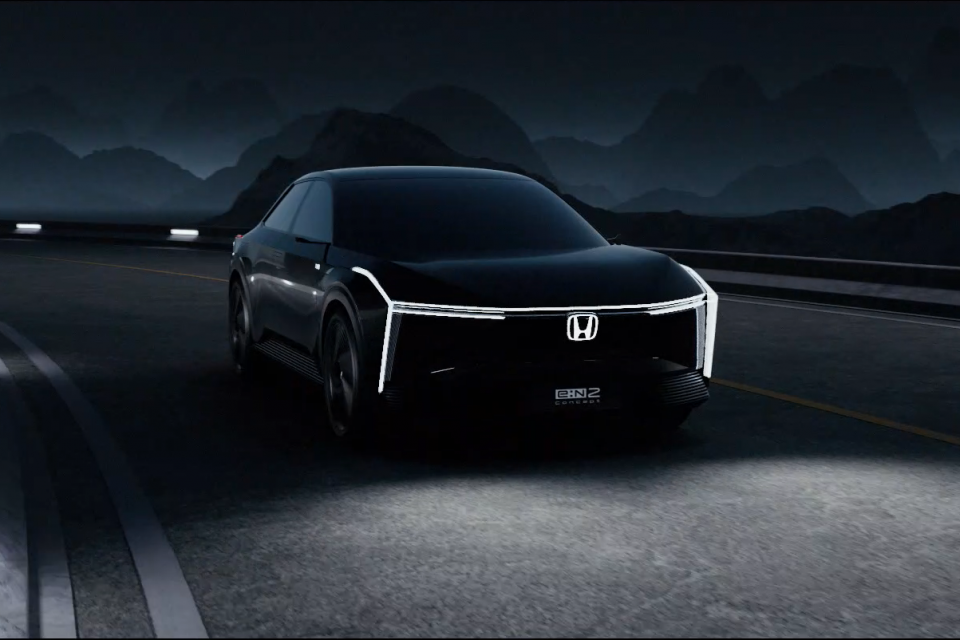
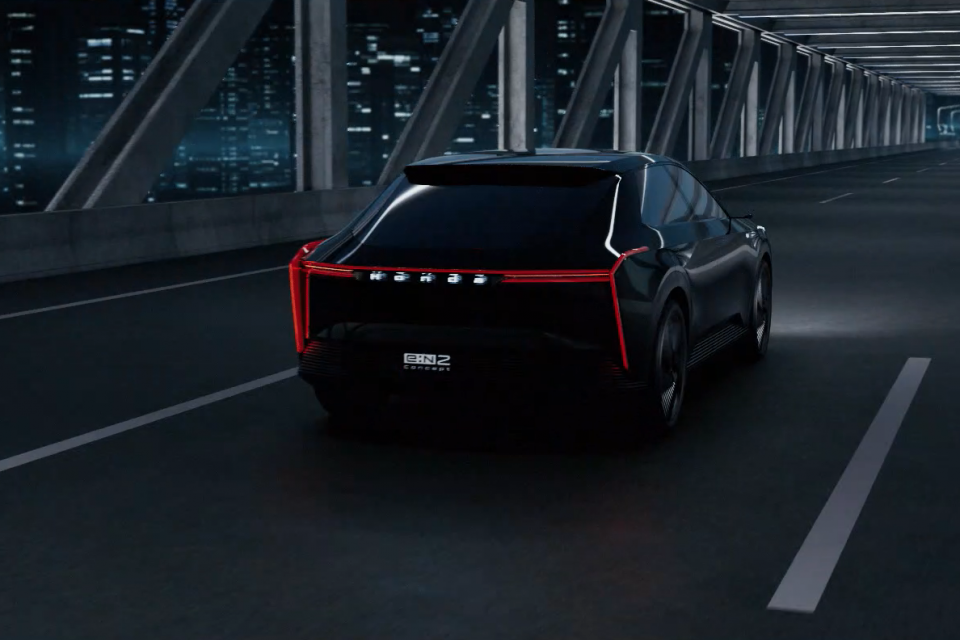
The combination of those features will allow for:
Following the rollout of 360, Honda plans to develop a system called Sensing Elite.
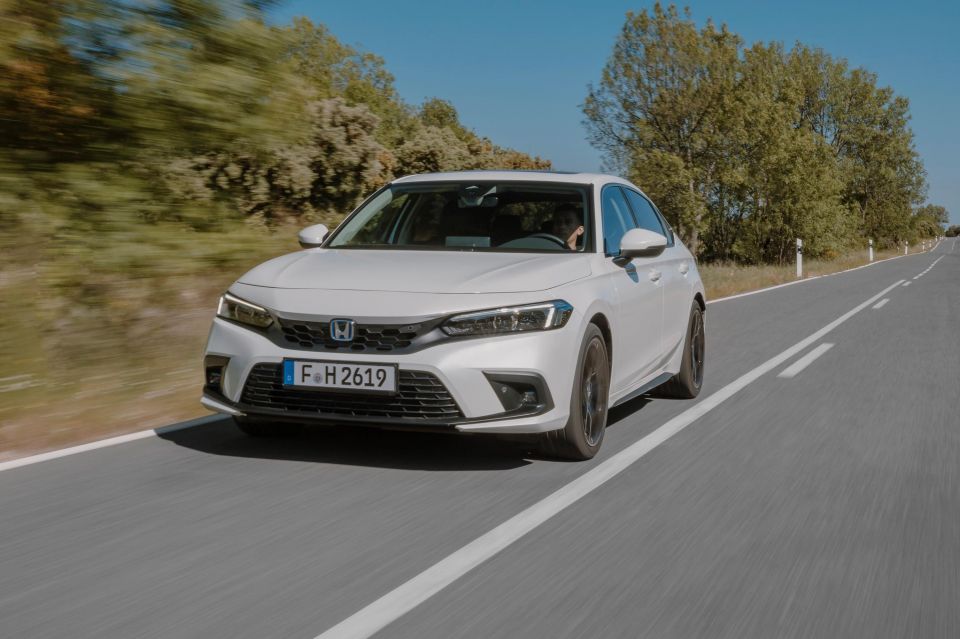
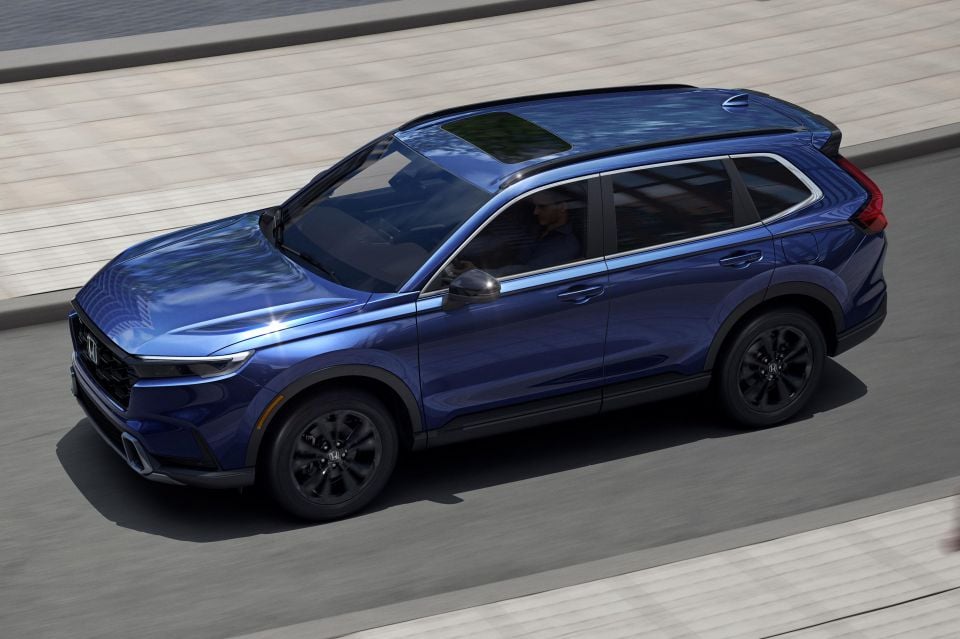
Dubbed a “flagship variation” of its driver assist suite, Elite will rely on “Honda’s original AI” to learn from experience and “increase its capability to recognise complex situations and handle more complex driving environments such as on non-expressways”.
More specifically, Honda wants to offer:
Honda is currently investigating multiple paths to self-driving.
The Japanese-market Legend has offered Level 3 self-driving since 2021 on certain highways, in certain conditions, under Traffic Jam Pilot branding.
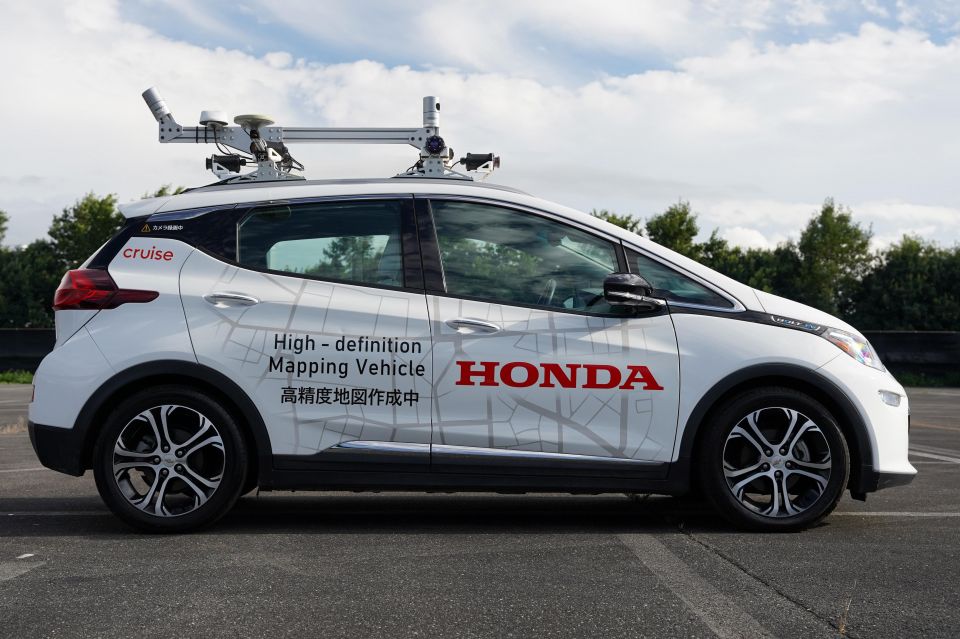
It’s also using a self-driving shuttle to create a high-definition map of the roads around Tochigi Prefecture in Japan.
Once the mapping is complete, the modified Chevrolet Bolt will be driven on those same roads to familiarise its self-driving systems with the flow of traffic, road markings, and laws in Japan.
Longer term, Honda is planning to use the Cruise self-driving car as a shuttle in its Mobility as a Service (MaaS) business. Rather than owning a car privately, the MaaS model would see fleets of self-driving cars acting as taxis.
You can read about the different levels of autonomy here.
Where expert car reviews meet expert car buying – CarExpert gives you trusted advice, personalised service and real savings on your next new car.
Scott Collie is an automotive journalist based in Melbourne, Australia. Scott studied journalism at RMIT University and, after a lifelong obsession with everything automotive, started covering the car industry shortly afterwards. He has a passion for travel, and is an avid Melbourne Demons supporter.


Damion Smy
6 Hours Ago


Damion Smy
7 Hours Ago


Damion Smy
8 Hours Ago


Damion Smy
10 Hours Ago


Damion Smy
12 Hours Ago


Damion Smy
13 Hours Ago